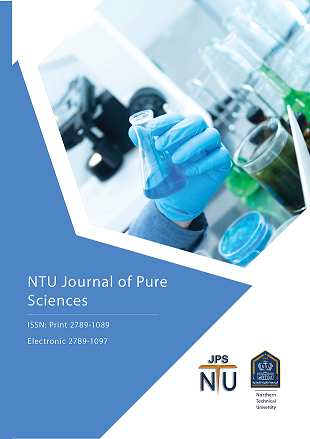Conductivity Measurements, Thermodynamic Calculations and Theoretical Calculations of N-(2-chlorobenzylidene)-4-picolylamine in Different Solvents and Temperatures.
DOI:
https://doi.org/10.56286/p60bp496Keywords:
Electrical conductivity, Schiff Base, AM1, PM3 , HF , Lee-Wheaton, DFTAbstract
The Electrical conductivity of N-(2-ChloroBenzylidene)-4-picolylamine was benchmarked in different solvents including water & methanol at temperature range of (293-313K) at 5K intervals, and in (Methanol-Water) mixture at 298K in different percentage (10%, 20%, 30%, 40% and 50%). Then plotting the relation between equivalent conductivity (?) and square root of molar conc. (?Conc.). By using Kohlrausch equation the plot shows that the Schiff base compound act as weak electrolyte, i.e., weak association in water, methanol and (Methanol-Water) mixture. Then applying (Lee-Wheaton) equation for symmetrical electrolyte (1:1) to calculate different thermodynamic parameters including: Association constant (KA), equivalent conductivity at infinite dilution (??), main distance between ions (R), and Standard deviation (??). The values of (?H, ?H, ?S) were measured utilizing (Van’t-Hoff) equation. The final step including theoretical calculations to optimize the molecular energy of the compound and measuring different parameters in gas phase, water and methanol using (AM1, PM3) and DFT/B3LYP/6-31G.
Downloads
Downloads
Published
Issue
Section
License
Copyright (c) 2025 NTU Journal of Pure Sciences

This work is licensed under a Creative Commons Attribution 4.0 International License.
This work is licensed under a Creative Commons Attribution 4.0 International License (CC BY 4.0), which permits unrestricted use, distribution, and reproduction in any medium, provided the original work is properly cited.





